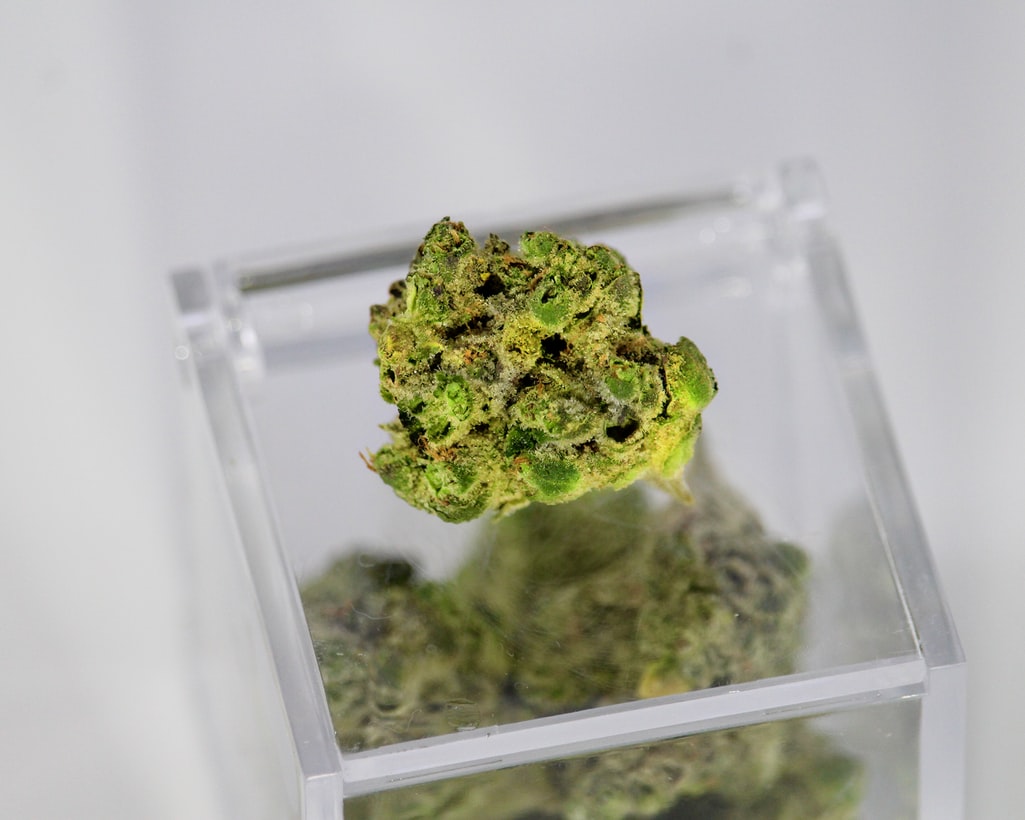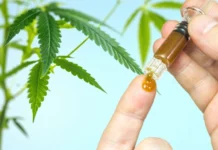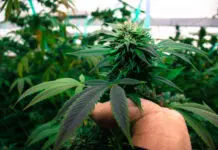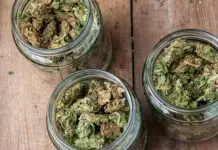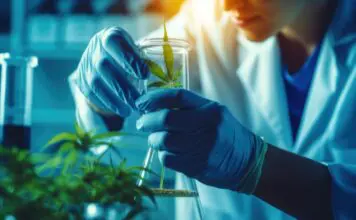The phenomenon of Over-the-counter or OTC prescription medicines being misused is not unheard of. Over time it has become too common a practice to now be ignored by the masses. Many believe it to be the reason for the deterioration of the quality of life that people are leading. It is always best to then seek out alternative medicinal ways of finding relief without reaching for these opioid drugs.
This is why, medical cannabis, the super effective and au naturel form of therapy is considered to be the better alternative. Before we begin our discussion on this issue, it is first important to know about the history of cannabis as a medicine.
History of Cannabis as a Form of Medicine
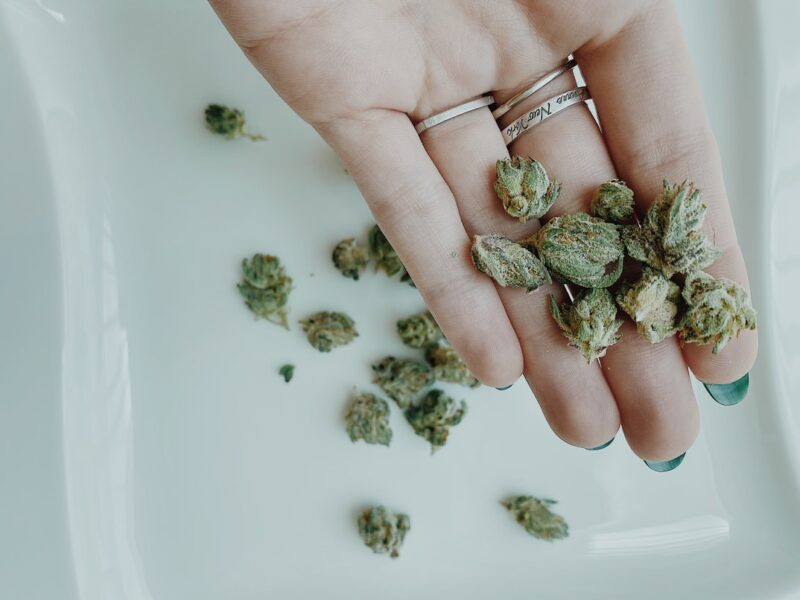
Owing to the effective results that medical cannabis has showcased in recent years in the way of treatment of many severe disorders, its intense popularization is a natural outcome. Where it might be considered to be a recent phenomenon by some, the practice of using marijuana is actually centuries old. Cannabis was used by humans as early as the third millennium BC for food and fiber.
However, if we talk about medical marijuana coming into common usage, it started with the Chinese incorporating it into medicines in the early 2900 BC. Since then it was eagerly adopted by many civilizations to counter the rampant spreading of serious disorders and diseases among their people.
However, with the advent of more modern medications like opioids and such, the practice of marijuana consumption was seen to be fading out. Despite the large possibility of medical marijuana getting replaced by opioids, it didn’t. Simply because this revered form of alternative therapy has no equal.
Medical cannabis is natural and doesn’t give any of the side effects that the other opioid and allopathic medicines often give the user. This is where our topic of discussion comes in, can medical cannabis in this day and age reduce the use of OTC drugs?
How Can Medical Cannabis Reduce the Use of OTC Drugs?
There are many studies that have been done to find out if medical cannabis can become a suitable replacement for OTC drugs. As per these studies patients who were before consuming opioids, antidepressants, and anxiolytic drugs are now switching to the use of medical cannabis.
Why are people opting for medical marijuana instead of these OTC drugs? Since medical cannabis is known to offer many therapeutic benefits to the users minus the side effects that these opioids are often responsible for, it made sense for people to switch.
In addition to this simple reason, the most common disorders for which people sought the help of these OTC drugs were chronic pain, anxiety, depression, and insomnia. These are right up the alley solutions for medical cannabis. Cannabis and its many derivatives are recognized for their effective results in the treatment of these very issues. Let’s find out how cannabis can help in the treatment of each of these issues down below.
1. Chronic Pain
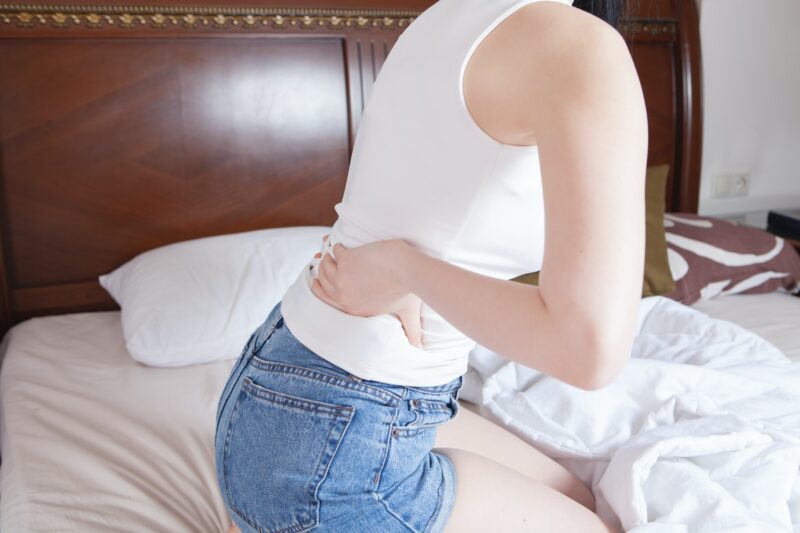
Many people have found intense pain relief with the help of the 420 solutions. Only the people suffering from chronic pain in different parts of their bodies can truly understand the atrocities that they have to go through. Regardless of what the patients feel, let’s focus on how cannabis works for them.
Medical cannabis instigates a special chain of reactions with the endocannabinoid receptors, CB1 and CB2 in the body of the user. Due to the positive pain relief benefits that medical marijuana patients from chronic pain experience and also as per verified studies, it became possible for people to replace the unhealthy habit of intaking opioid pills and such.
2. Anxiety

Anxiety is another disorder that was found to be manageable with the use of cannabis-infused products. Obviously, to consume any of these products the patients would need to apply for a medical card from onlinemedicalcard.com, and only after an in-depth consultation with the doctor, should the patient consume cannabis to manage their anxiety.
The main cannabinoids that are most often used to treat and manage the symptoms of anxiety are CBD and THC. Out of these two also, CBD is the more preferred one due to its non-psychoactive effects.
3. Depression

One of the disorders that have become very common due to the drastic lifestyle change that the world has seen in recent years, especially considering the phenomenon of COVID-19 pandemic and all, depression seems inescapable.
We might refer to this mental anguish as inescapable but it can be done away with the use of cannabis. Smoking some of the cannabis strains gives quite a soothing and relaxing effect to the user, dispersing all of the depressive symptoms. When THC is infused into products and consumed, it re-energizes the patients, driving them out of bed to do all of their daily tasks. Why should then a patient consume these opioids and antidepressants, when a natural medicinal therapy is helping out the patients much more than they ever could.
4. Insomnia
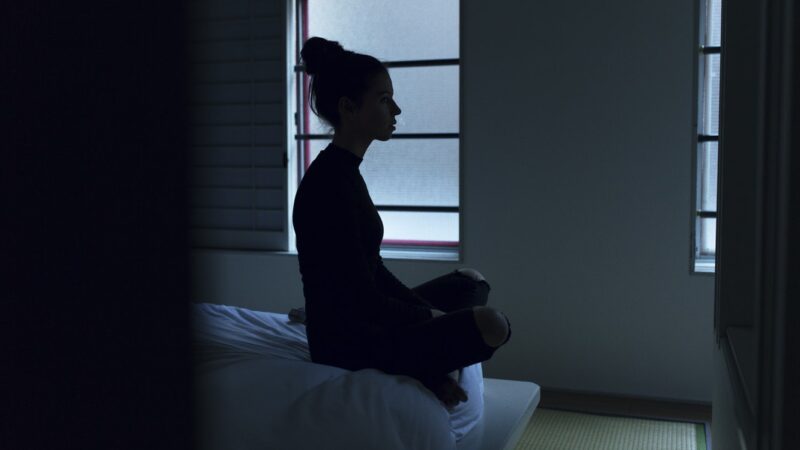
Catching a good sleep is integral in the life of a patient, which is why it is referred to as a form of medication in itself. It is time for the body to heal and develop ways to counter the serious health issues afflicting the patient. However, due to insomnia, many people struggle to find the mental peace that enables them to sleep and recover.
Sleeping pills are the modern form of medication that insomniac patients cling to. Without knowing or comprehending the level of adverse effects that these pills are bound to cause, the patients seem to feel as if they have no other option.
Whereas medical cannabis offers the patient the opportunity to sleep a whole night by taking any of the sleep-inducing cannabinoids formulations via different products. With the provision of gummies, tinctures, oils, shots, and whatnot, the patient has free reign to choose their preferred product.
Concluding Thoughts
The contrast between medical cannabis and OTC drugs is pretty apparent here. People can find the same level of relief, if not more with the 420 solutions than they ever did with the opioid medicines. Hence, when everything has been covered in such elaborate terms, the patient is free to then make the choice in the matter of their own treatment.

